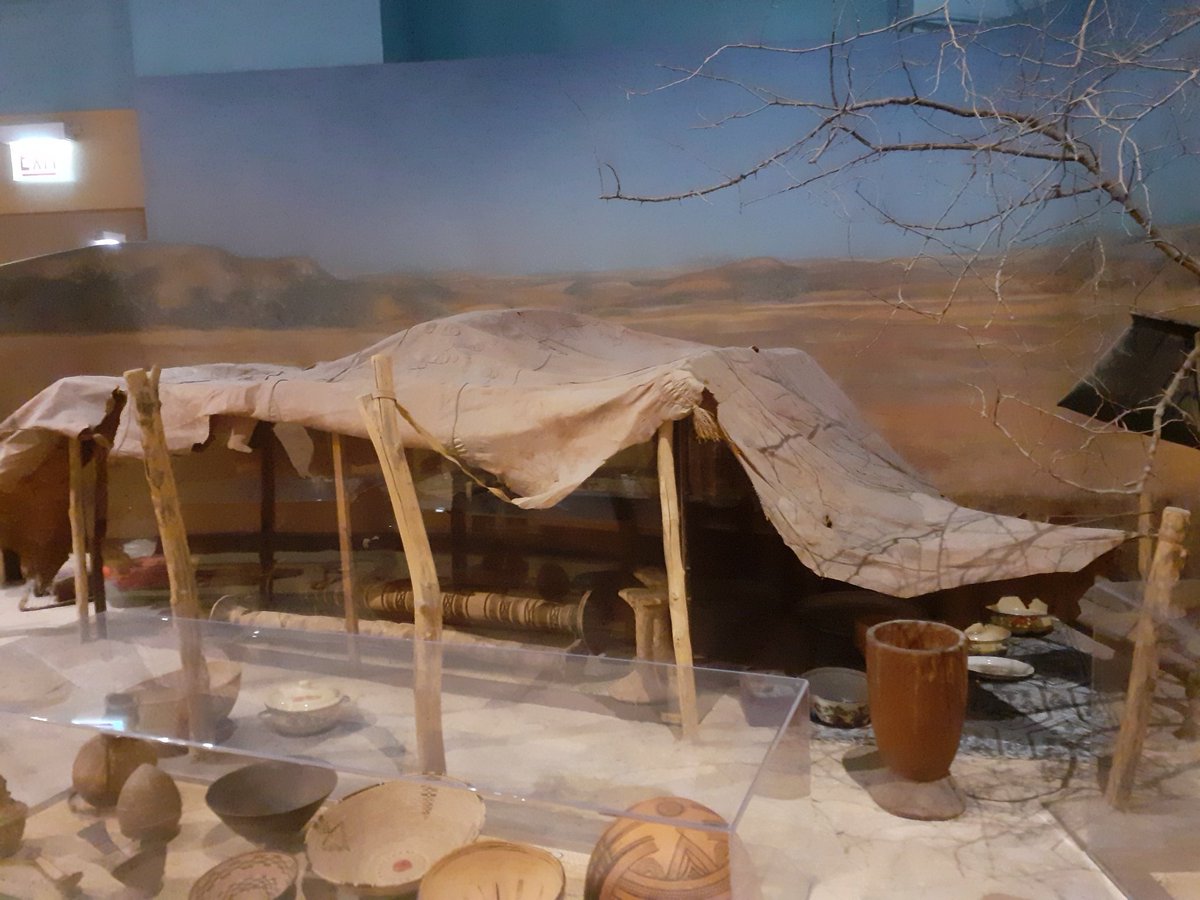
Maarten Kossmann
@ait_kisou
Berber linguistics - linguistique amazighe - ⵜⵎⵓⵙⵏⵉ ⵏ ⵜⵎⴰⵣⵉⵖⵜ
Today my share of followers reached 1000 😳. I'm slightly confused about this... For the occasion, I will retweet a couple of threads on Tamazight and on other things that I wrote over the last year (Twitter doesn't allow me to see my pre-September tweets 🤔)
Last map for real this time, just wanted out to try out a better style with place markers for more clarity. Words for "Monkey" in the Kabyle language.
Wow, the Eiffel tower is a lot older than I thought! ;) Via The French History Podcast on Bluesky: bsky.app/profile/fhp.bs…
Gravure au sahara d'une chasse à l'autruche . Avec une inscription tifinagh d'un certain ⴾⵙⵎ (KSM) © Jean loic lequellec
The dog wants to go out and the duck wants to come in, but they're afraid to pass each other
Aktawal n tegrurt d ibexsisen s txerraṭit (s lhedra n Ayt Merɛi), rnum-aneɣ-d awalen xlaf naɣ amanek asen-teɣɣarem i wihi s lhedrat-nnun ṣaḥḥitum
fascinating. bought a Belarusian beer, where the main label is all in Belarusian (note the ⟨І⟩, ⟨Ў⟩) but the actual content part of the label (ingredients, etc.) is only in Russian
The worries induced by linguistics are worse. We now have to cherish such takes as interesting metacommentary showing us how “language” is constructed through policing languaging. Instead of just saying they are stupid takes.
One more reason everyone should study linguistics: it will spare them unnecessary worry like this
NOW AND BEFORE: Art deco building in the Prince Moulay Abdallah street, Casablanca, Morocco Note: Architect and the year of construction unknown (Photos credit to the original photographers); collage by SJ
Tuareg greeting formula used in personal letter using the Tuareg script aka "#Tifinagh" "Awa năk X inan ăhulăɣ-in Y hullan" ⵓⵏⴾ X ⵏⵏ ⵂⵍⵗⵏ Y ⵂⵍⵏ It's I X stating: I salute Y very much
J’ai terminé la lecture de ce livre de poèmes kabyles anciens, littéralement un chef-d’œuvre pour qui souhaite connaître la Kabylie traditionnelle. J’y ai retenu une liste impressionnante de termes archaïques que j’exposerai ici. Voici la liste 👇🏼
Zarqet had walnuts, vines, oaks, almonds, arguel, apricots, apples, pears, cedars, myrtle, pomegranates, Apollonian bay laurels, crobs, jujube. It was the heart of the vegetation in the Rif.
📍Mestassa Mosque (Bni Gmil)-Rif The oldest mosque of the Rif, built 8 centuries ago by the Merinids.
huhhhh so in Tunisian Arabic, "Syrian" means "foreign"? or even "Western" or "French" according to some other sources I found
Amrabeḏ signifies “Sanctuary” in Tasenhajit, and those buildings are quite found a lot in Senhaji lands for Saints as we call them "Imrabḏen" with a certain special architecture.
En 1945, six femmes ont programmé le tout premier ordinateur du monde — sans manuel, sans formation… et sans reconnaissance. Une simple photo a failli les effacer de l’histoire de la technologie. Des années plus tard, Kathy Kleiman, une jeune informaticienne, découvre cette…
Travelling Sack brooklynmuseum.org/opencollection…
Aɣundu. اللبن المخوض (Ibn Tunart). [aɣu+ndu] مخيض البقر ويعرف بالبربرية "أغو ندو" ومعناه لبن مخيض Ibn Baklariš. MS arcadian libr (MC). Aɣɣu-aneddu. (Lait battu).(Ayt Sadden).(Basset.1963:78). (Ḥdid). Aɣu neddu. (Lait battu).(Azdoud: 119). Aɣu inda. (Le lait est battu).(DST:34).
Africa not only invented agriculture independently of the Fertile Crescent, but also had five separate zones of crop domestication with at least 30 indigenous African plant domesticates I thought this interesting topic deserves its own separate essay, so it's not included here
Five centres of indigenous crop domestication in Africa africanhistoryextra.com/p/mysteries-of…
Traditional Kabyle jewelry, Algeria, early 20th century 🇩🇿
